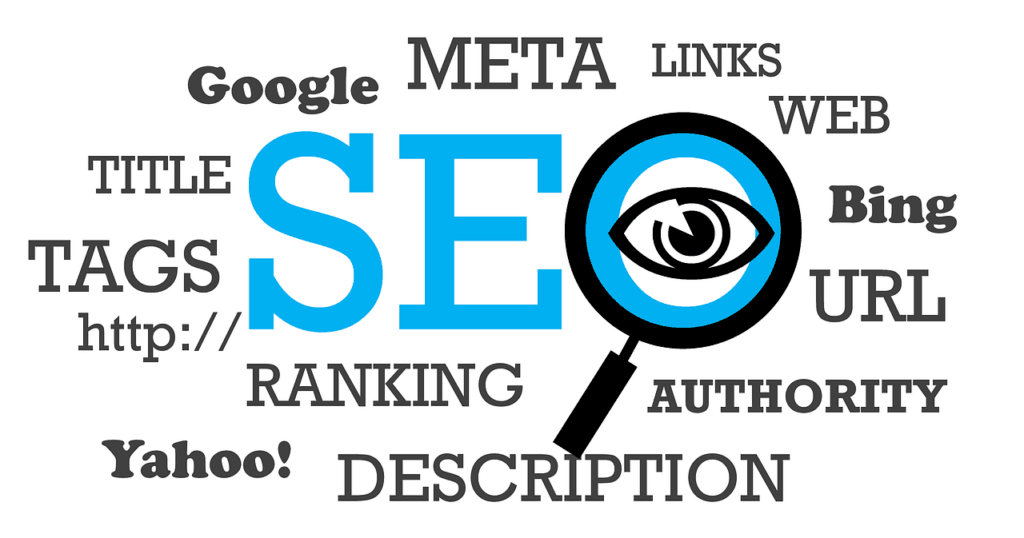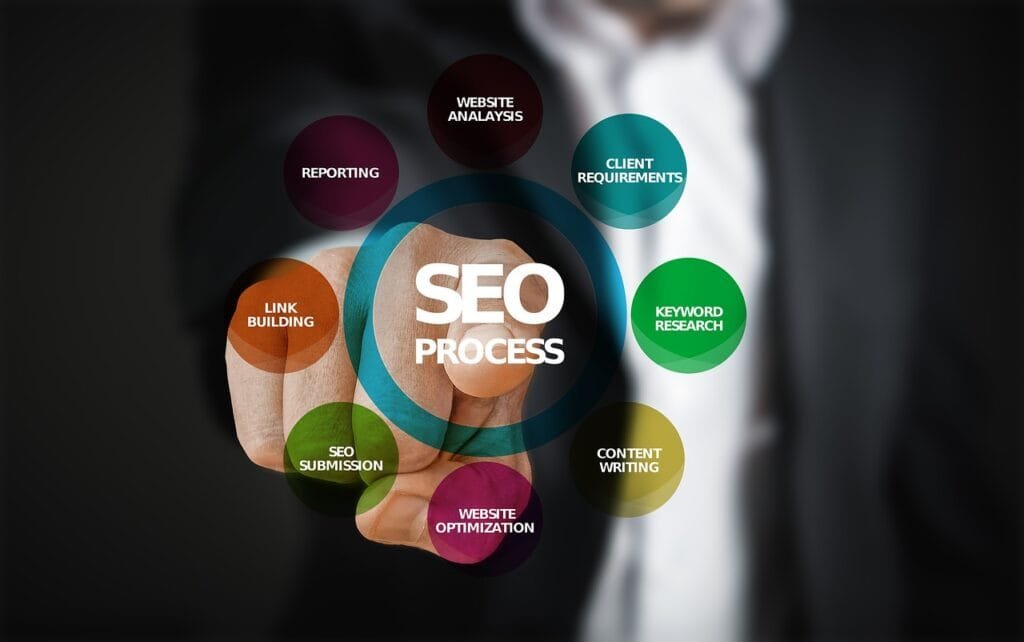In the ever-evolving world of SEO, where algorithms and ranking factors shift like sands, a constant theme has begun to assert dominance – the pivotal role of user intent. Gone are the days where stuffing web content with keywords sufficed. Today, search engines, led by the ubiquitous Google, are remarkably focused on understanding and delivering to the user’s underlying intent. The consequence for content creators and SEO professionals is profound, mandating a shift towards a more sophisticated, nuanced approach to content creation that’s tailored to align with the user’s specific needs, questions, and objectives. This comprehensive guide aims to unravel the intricacies of incorporating user intent in content creation for SEO.
The Evolution of Search Engines
To appreciate the significance of user intent in SEO, it’s essential to first grasp the evolutionary trajectory of search engines. Early versions of these platforms were relatively primitive, relying heavily on keyword density to determine the relevance of web content. However, this approach often resulted in a subpar user experience, with search results not always aligning with the user’s specific needs or queries.
With advancements in technology, especially AI and machine learning, search engines have become increasingly adept at discerning the underlying intent behind search queries. Keywords, while still essential, are now part of a broader ecosystem where the context, relevance, and quality of content are equally, if not more, significant.
Unravelling User Intent
User intent encapsulates the purpose or goal underlying a specific search query. In simpler terms, it’s what the user is hoping to achieve or find when they type a phrase or question into the search bar. Understanding this intent is crucial for creating content that is not only SEO optimized but is also aligned with meeting the users’ specific needs, ensuring higher engagement, reduced bounce rates, and improved conversion.
Categories of User Intent
User intent generally falls into three primary categories:
- Informational Intent: Here, the user is seeking information or answers. Content that catifies this intent is often informational articles, guides, and how-tos.
- Navigational Intent: In this case, the user is trying to reach a specific website or page. Optimizing for navigational intent involves ensuring your site is easily discoverable and accessible.
- Transactional Intent: The user is looking to make a purchase or transaction. Content tailored for this intent should focus on conversions, with clear CTAs and streamlined purchase processes.
Identifying User Intent
Informational Intent
Identifying informational intent involves recognizing the cues in search queries that indicate the user’s aim to gather information. Phrases like “how to,” “tips,” “what is,” and “guide” are strong indicators. The optimization strategy here is focused on providing comprehensive, authoritative, and easy-to-understand information. Integrating various content forms like blog posts, videos, infographics, and FAQs can be an effective approach to cater to informational intent.
Navigational Intent
Navigational intent is marked by search queries containing brand names, product titles, or specific websites. Here, the goal is to enhance the website’s visibility and accessibility. Ensuring that the site’s structure is intuitive, the URLs are SEO-friendly, and essential pages are easily navigable, plays a pivotal role in optimizing for navigational intent.
Transactional Intent
Queries indicative of a readiness to purchase, marked by terms like “buy,” “price,” “discount,” and “offer,” characterize transactional intent. Here, the focus shifts to conversion optimization. Streamlining the purchase process, optimizing product pages, integrating compelling call-to-actions (CTAs), and ensuring that the checkout process is as seamless as possible are vital elements of the strategy here.
Tools and Techniques
Analyzing Search Queries
Several SEO tools provide insights into the most common search queries related to specific keywords. These tools can be instrumental in understanding user intent. By analyzing the phrasing, wording, and structure of these queries, SEO professionals and content creators can glean insights into the users’ goals and tailor content accordingly.
User Behavior Analytics
Delving into analytics to study user behavior on the website can also offer valuable insights. Metrics like bounce rate, time on page, and pages per session can provide a nuanced understanding of whether the content aligns with user intent and expectations.
Content Tailoring Strategies
For Informational Intent
For users seeking information, the content should be detailed, accurate, and comprehensive. It’s not just about answering the query but offering in-depth insights, additional resources, and even interactive content to facilitate deeper understanding.
For Navigational Intent
Optimizing for users looking to navigate to a specific website or page involves enhancing on-site SEO, ensuring that the site’s architecture is intuitive and that key pages are easily accessible. The focus is on user experience, ensuring that visitors can quickly locate the information or pages they’re looking for.
For Transactional Intent
Here, content should be geared towards conversion. This involves not just optimizing product pages but also integrating effective CTAs, providing detailed product information, ensuring the checkout process is streamlined, and building trust through reviews and testimonials.
The Intersection of AI and User Intent
AI-Driven Content Optimization
AI’s role in SEO transcends traditional boundaries, venturing into the realm of user intent with precision and adaptability. AI algorithms, leveraging machine learning, can analyze vast datasets, drawing intricate patterns and insights that are often beyond human capability. In the context of user intent, AI can process and analyze user search patterns, click-through rates, and on-site behavior, offering insights that are not just quantitative but qualitative.
Personalized User Experience
One of the pinnacle benefits of AI is personalization. By understanding individual user behaviors, preferences, and histories, AI can facilitate a customized user experience. For instance, AI can personalize content recommendations, optimize content layouts based on individual user behavior, and even tailor CTAs to boost conversions.
AI and Content Creation
Natural Language Processing
Natural Language Processing (NLP) is a subset of AI that’s profoundly impacting SEO. NLP enables machines to understand, interpret, and generate human language. In SEO, NLP can be instrumental in understanding the context and nuances behind search queries, allowing for more accurate mapping of user intent.
Content Enhancement
AI tools equipped with NLP can assist content creators in enhancing readability, relevance, and engagement. They can offer real-time suggestions to improve content quality, suggest LSI keywords to make the content more comprehensive, and even analyze competitor content to identify gaps and opportunities.
Predictive Analytics
Anticipating User Needs
AI’s predictive analytics capabilities allow SEO professionals to anticipate future trends, user behaviors, and search patterns. By analyzing historical data and current trends, AI can predict future patterns, enabling businesses to align their content strategies proactively.
Dynamic Content Adaptation
AI can dynamically adapt content based on ongoing user interactions. For instance, AI algorithms can automatically A/B test content variations, identify the most engaging version, and optimize content presentation in real-time.
AI Ethics and User Trust
Balancing Personalization and Privacy
While AI offers unprecedented personalization capabilities, balancing it with user privacy is crucial. Transparency about data usage, offering users control over their data, and adhering to privacy regulations enhances user trust.
AI Bias and Content Relevance
AI models can sometimes inherit biases present in their training data. Ensuring diversity and representativeness in data and regularly auditing AI models for bias is essential to maintain content relevance and fairness.

Related: Check out our free SEO suite

The Rise of Voice Search
User Adoption
The adoption of voice search is skyrocketing, driven by the increasing prevalence of smart speakers and integrated voice assistants in smartphones and other devices. Users are finding voice search to be an efficient, hands-free, and convenient way to seek information, make purchases, and interact with online content.
Semantic Search
Voice searches are inherently conversational, leading to longer, more complex query phrases. This trend has bolstered semantic search, where the focus is on understanding the user’s intent and context behind the query, rather than just the keywords.
Impact on SEO
Keyword Evolution
The conversational nature of voice search is changing the landscape of keywords. Long-tail keywords and natural, conversational phrases are becoming more prominent. Businesses need to optimize their content to align with this trend, focusing on how users speak, not just how they type.
Local SEO
Voice searches often contain local intents, such as finding nearby businesses or services. Local SEO is therefore becoming crucial. Optimizing for “near me” searches, ensuring accurate and updated Google My Business listings, and focusing on local keywords are vital steps.
Strategies for Optimization
Structured Data and Schema Markup
Structured data and schema markup can make your website’s purpose and content clear to search engines, enhancing visibility for relevant voice searches. It helps in providing direct and precise answers to users’ queries.
Mobile Optimization
Since many voice searches occur on mobile devices, having a mobile-optimized website is indispensable. It ensures that voice search users have a seamless and responsive experience when they land on your site.
Content Readability
Content that is easy to read, understand, and engaging is more likely to rank well for voice searches. Focus on creating content that answers users’ queries concisely and effectively.
Future Trends
AI and Machine Learning
As AI and machine learning technologies continue to evolve, their role in enhancing voice search capabilities will be paramount. They’ll offer more personalized and accurate search results, further changing the SEO landscape.
Multilingual Voice Search
As voice technology permeates globally, multilingual voice search will become significant. Businesses will need to optimize their content for multiple languages and locales.
Closing Thoughts
The integration of voice search into the fabric of SEO underscores a broader shift in the digital landscape. We are transitioning from a text-dominated sphere to one where voice and conversational interactions are not just common but expected. In this environment, adaptability, innovation, and user focus are the cornerstones of SEO success.
Businesses, SEO specialists, and content creators must embrace this evolution, seeing it not as a challenge but an opportunity. An opportunity to make content more accessible, engaging, and responsive to the nuanced needs of a diverse user base. Every voice search query is a window into the user’s intent, preferences, and expectations. By aligning SEO strategies to these insights, businesses can not only enhance visibility but also foster deeper connections with their audience.
READ NEXT:
- Using LSI Keywords for SEO-Rich Content
- Keyword Difficulty: Evaluating Keyword Competitiveness
- How to Dominate Google Rankings for Every Type of Loan Service
- How to Use Email Marketing Automation for Drip Campaigns





















Comments are closed.